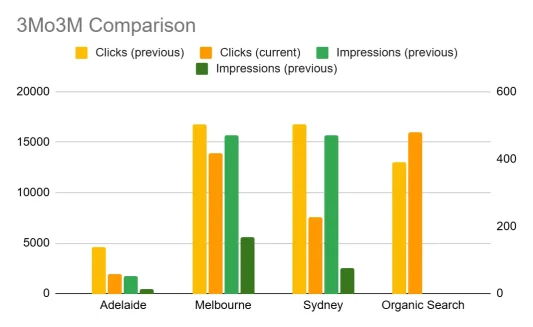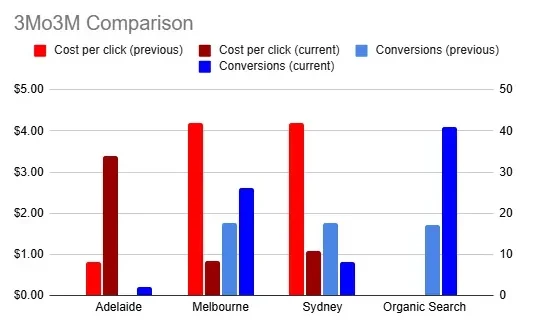Over the past three months, we’ve been running a focused and innovative Google Ads campaign, and the results are the best we’ve seen to date. In fact, we’ve seen a 48% increase in conversions compared to the previous three months. This blog breaks down how the campaign was structured and why these changes delivered such powerful results.
Phase 1: Shifting the Strategy (Month 1)
In the first phase of our campaign, we made a pivotal change: moving away from long-tail keywords with low monthly search volume to broad-match keywords with medium-to-high monthly volume. This allowed us to reach a much wider audience of users who were already searching for the types of products our client offers.
But it wasn’t just about keywords. The ad copy was meticulously handcrafted—not generated automatically or copied from other sources. Each headline and description was written with care, reflecting the product’s genuine appeal and communicating value clearly to buyers. This ensured that the ads were not just reaching people but resonating with them.
At the end of Month 1, we made another significant change: we switched from a “funnel” campaign strategy to a “conversions” strategy. This meant optimising Google Ads not just to attract interest, but to target users more likely to complete a purchase or take action.
The result? A 3% increase in conversions in Melbourne in just the first month—an early sign that we were heading in the right direction.
Phase 2: Refining by Location (Month 2)
At the end of Month 2, we made a bold adjustment based on user behaviour across locations. In Sydney, we reverted to a funnel strategy, while keeping Melbourne set to conversions.
This decision paid off. With Google now beginning to “learn” and adapt to our bidding strategy, we saw a 6% increase in Melbourne conversions and a 3% increase in Sydney conversions. The Sydney funnel provided a broader top-of-funnel presence, while Melbourne continued to reap the rewards of focused conversion-based targeting.
The Big Picture: Smarter Ads, Better Traffic
Here’s what made these results stand out:
-
Clicks were down by 23%, and impressions dropped by 74%—but that’s not a bad thing.
-
Cost-per-click decreased by 42%, making the campaign more efficient.
-
Most importantly, conversions rose by 48%, indicating that our ads are now attracting people genuinely ready to buy—not casual browsers or spam clicks.
In short, we’ve moved away from vanity metrics like high click volume and impressions, and focused on quality—and it’s working.


It’s interesting to note that organic search results bolstered the increase in performance hallmarked by decreased cost per click and increase conversions metrics’ values. We guess that by focusing on high volume, broad match keywords rather than long tail keywords we reduced keyword cannibalisation. It’s evident by looking at results that acquired website traffic was of higher quality than previously: during the last campaign – in both paid and organic metrics.
We’re thrilled with these results. This campaign proves that with the right keyword targeting, intelligent bidding strategy, and authentic ad copy, Google Ads can become one of the most powerful tools in your digital marketing arsenal. And with Google continuing to optimise our campaigns based on real conversion data, the best may still be yet to come.

